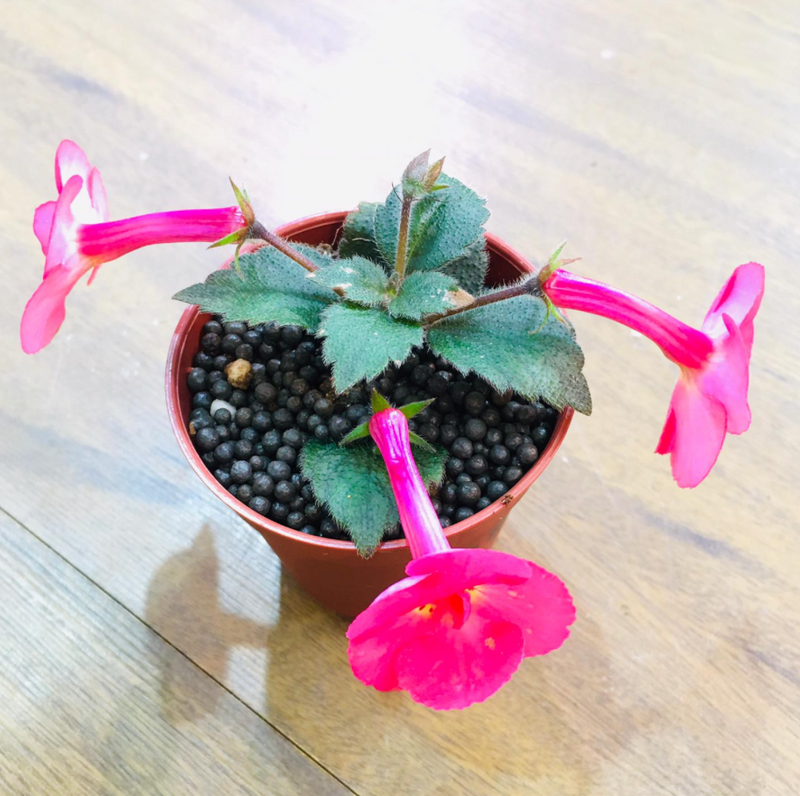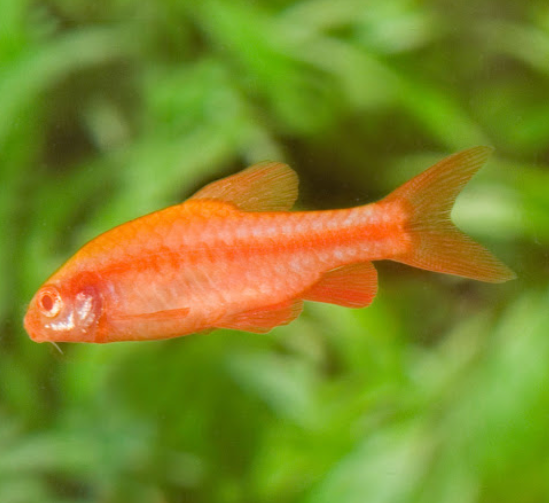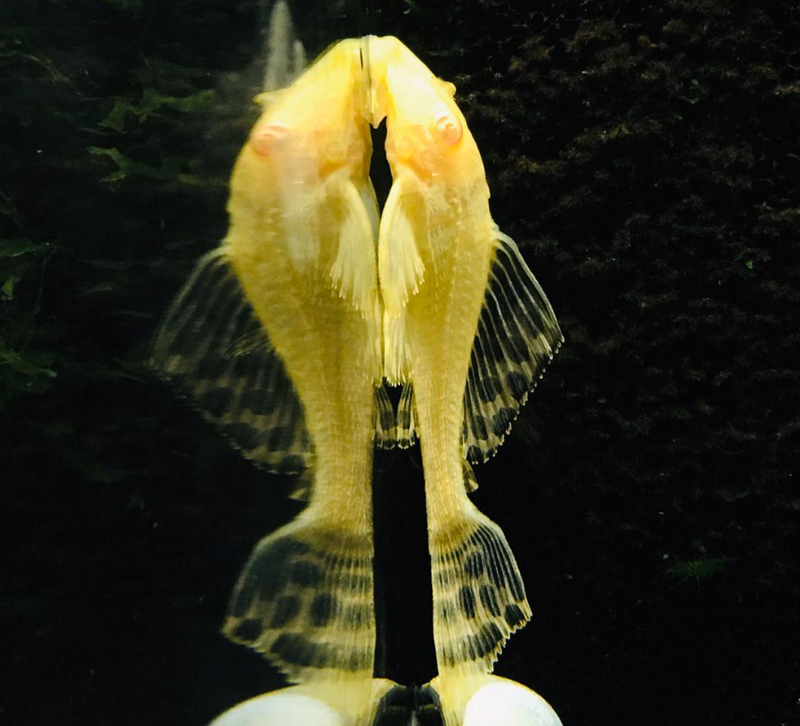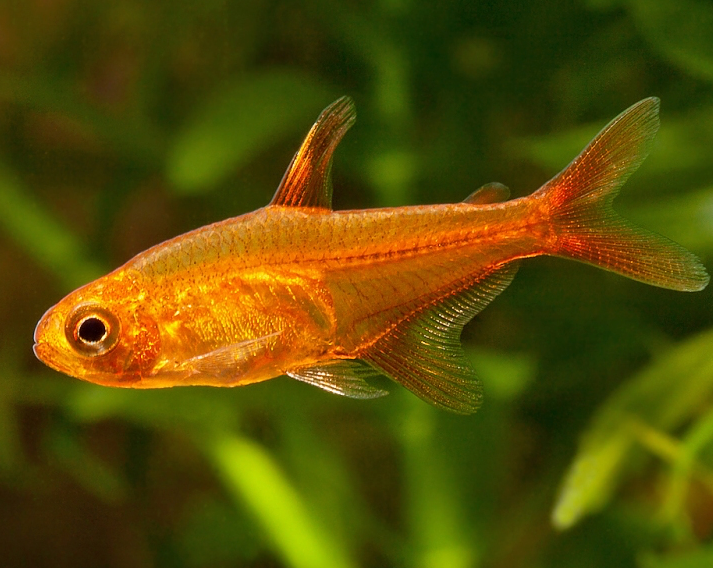This product is sold out
Dwarf puffers belong to the genus Carinotetraodon, along with at least four other species. Males have ridges along their backs and bellies that can be raised when displaying or threatening rivals.
Four species are traded fairly frequently and there are in fact two dwarf puffer species — Carinotetraodon travancoricus and C. imitator. Both are barely 2.5cm/1” when mature and distinguishing between the two is difficult. Many exporters seem not to bother, so that dwarf puffers sold in aquarium shops may be either species, or a mixture of both.
Females and juveniles of both species are essentially identical, being golden brown with metallic reddish-brown speckles and blotches. Mature males of both have the keel, revealed by a dark band running along the belly of the fish. The blotches on the flanks are generally bigger and arranged in longitudinal bands. At least some males have iridescent wrinkles behind their eyes.
As for distinguishing between male Carinotetraodon travancoricus and male C. imitator, there seem no consistent methods. Complicating matters further is the variety of C. travancoricus traded as the Blue-spotted dwarf puffer. It’s essentially the same as the standard form, but with iridescent blue-green blotches rather than reddish-brown ones.
Ecology
Dwarf puffers are endemic to the Kerala region of India and found in lakes and slow-moving rivers with plenty of submerged vegetation, leaf litter and sunken wood. Their irregular markings provide excellent camouflage and, when viewed from above, are difficult to spot — so helping them avoid predators such as herons.
Water chemistry is variable; from soft and slightly acidic in some places through to harder and more alkaline conditions in others. While dwarf puffers are essentially freshwater fish, in at least some parts of their range, for example the Vembanad wetlands, the water may be slightly brackish.
Alongside these fish can be found a variety of others, some familiar, others less so. Typical constituents of the regional fish fauna include various barbs, danios and rasboras, halfbeaks, and predatory species such as glassfish (Parambassis spp.) and leaf fish (Pristolepis marginata). One of the relatively few Asian cichlids is from this part of the world too — the rarely traded but beautiful Canara pearlspot (Etroplus canarensis).
Social behaviour
While dwarf puffers are easily maintained in groups, they need space and hiding places. Males defend territories and look after the young, so they tend to be the most aggressive. Use rocks and bogwood to create caves and then scatter plants about to break up each fish’s line of sight.
With dwarf puffers, it’s very much a case of ‘out of sight, out of mind’ when it comes to territorial aggression. In terms of stocking density, a good rule of thumb is to allow about 10 l/2.5 gal per puffer.
When first introduced to their new home, dwarf puffers tend to be rather shy. Keeping the lights low will help them settle in quickly and usually by the following day they are actively scooting about looking for food and establishing territories. Eventually they will become very bold, eagerly swimming to the front of the tank when they see their keeper.





